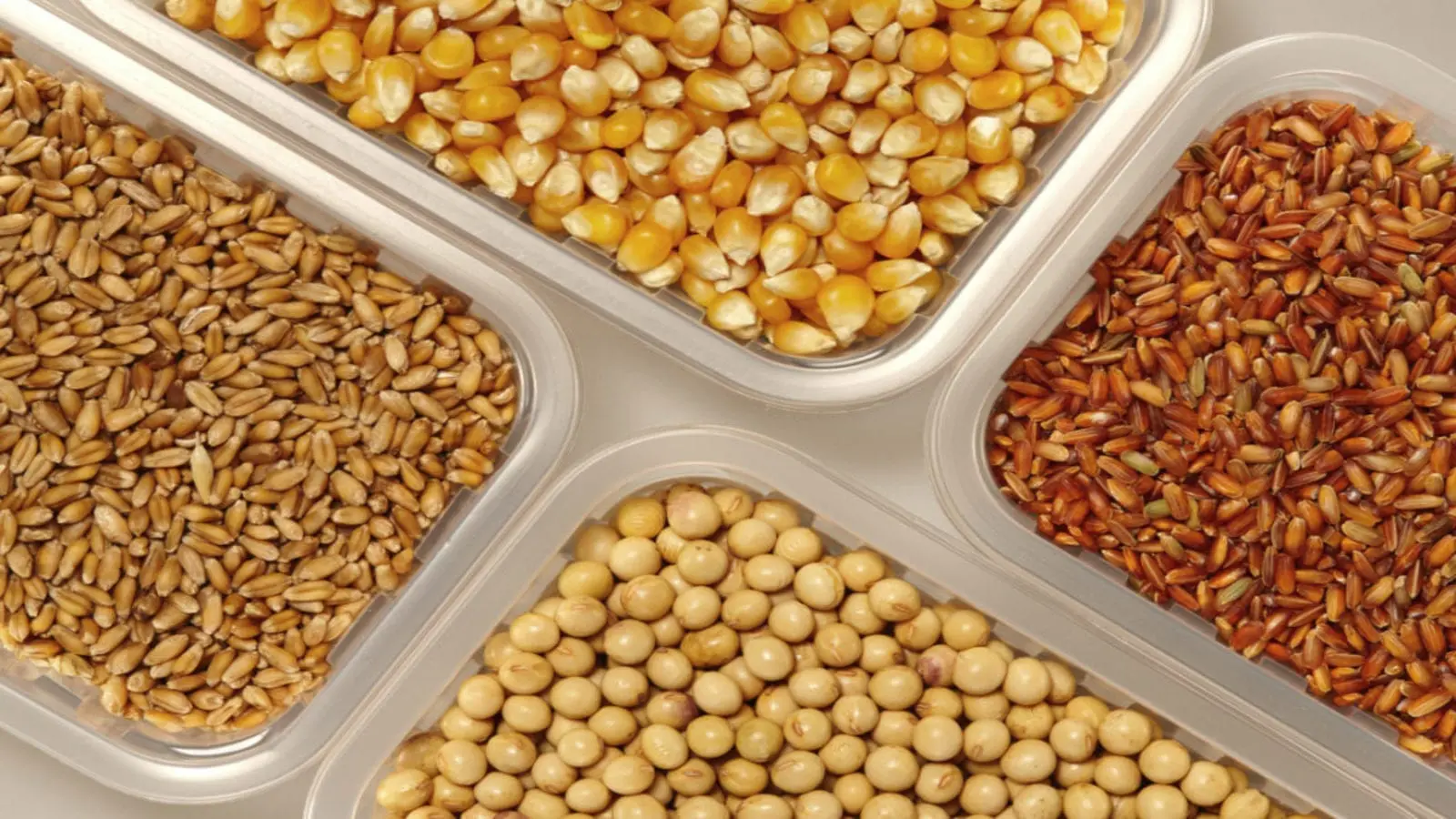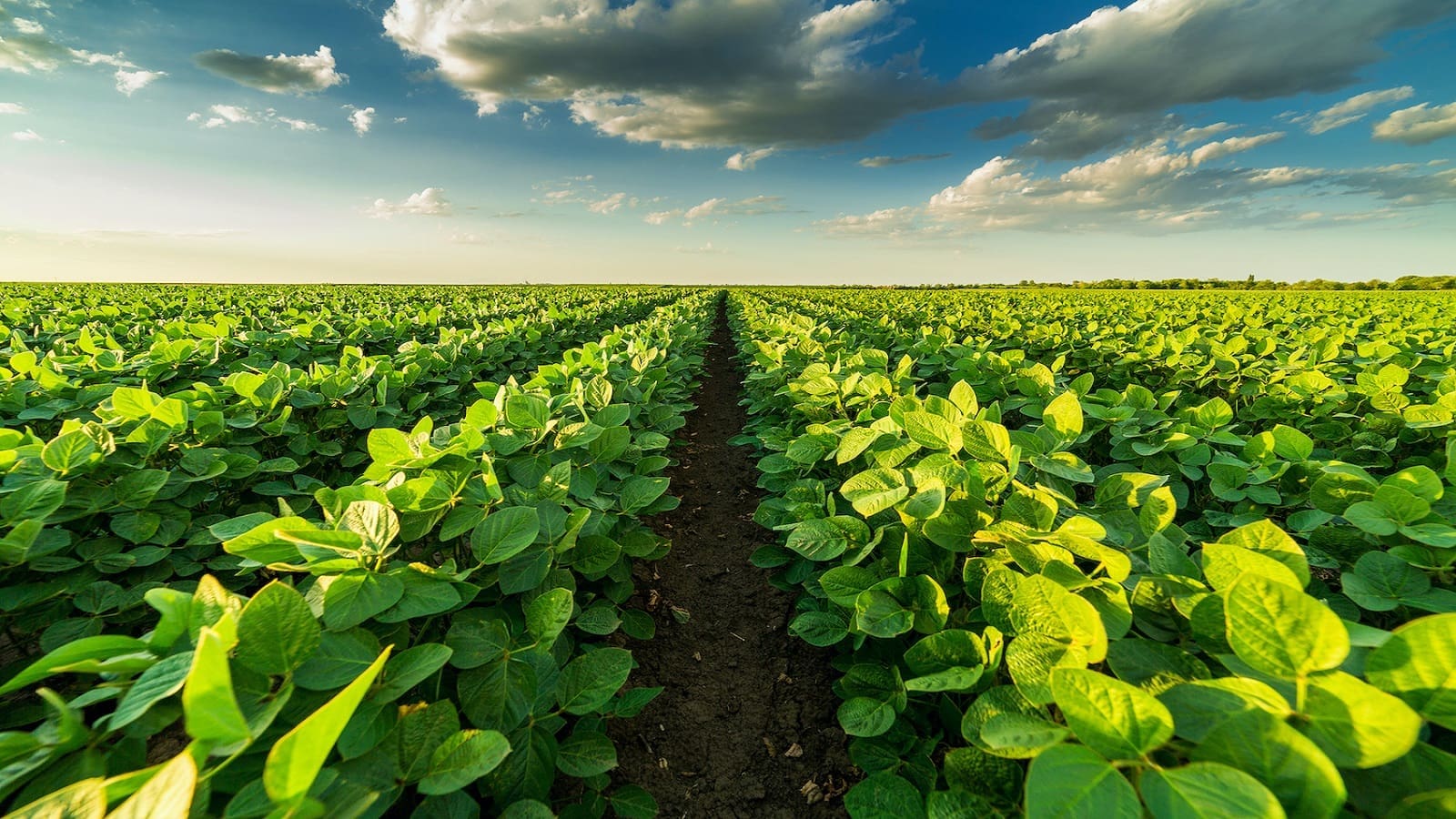GLOBAL- Prices for the three major grains- corn, rice, and wheat- declined during the past two weeks even as domestic food price inflation remains high globally according to the World Bank’s latest food insecurity report.
According to the report, rice and corn prices had fallen by 1% and wheat prices by 2% during that period.
The report also provides that corn and wheat prices are 13% and 34% lower, respectively, from their peaks just over a year ago, shortly after the war between Russia and Ukraine began.
Inflation has been troubling a lot of countries globally, and the World Bank report shows that about 86% of high-income countries are experiencing high food price inflation.
The most affected countries are in Africa, North America, Latin America, South Asia, Europe, and Central Asia.
Moreover, between October 2022 and February 2023, there has been high food inflation in almost all low- and middle-income countries, with inflation levels above 5% in 88% of low-income countries, 93% of lower-middle-income countries, and 89% of upper-middle-income countries.
High food prices tend to affect the most vulnerable segments of the population because poorer households spend a larger share of their income on food.
According to the World Bank, with limited resources to respond to temporary shocks, poorer households resort to coping strategies with adverse long-term effects on living standards.
Moreover, currency depreciations, for example in East Africa, could result in staple commodity prices remaining high in low-income countries.
Food inflation a lagging indicator
Francois Sonneville, senior analyst Beverages at Rabobank, explains why food inflation is detached from headline inflation and explains that food prices might be a lagging indicator.
“Firstly, industries take longer to have inflation work through the value chain. A local taxi service will see costs rise immediately when energy prices rise. A brewer will be affected too, but much later. Glass and barley are held in inventory by bottle- and malt suppliers and part of the price rise is absorbed by them, passing on the benefit of having attractive stock made when costs were lower,” he explains.
However, Sonneville explains that eventually, costs will rise and inflation will show for food companies at the end of the long value chain.
“Secondly, most food companies are large and have professional procurement departments. They might have passed on the risk to financial parties or suppliers through hedges and long-term contacts. Again, this gives temporary relief, but not indefinite,” Sonneville continues.
For all the latest grains industry news from Africa, the Middle East and the World, subscribe to our weekly NEWSLETTERS, follow us on LinkedIn and subscribe to our YouTube channel.










